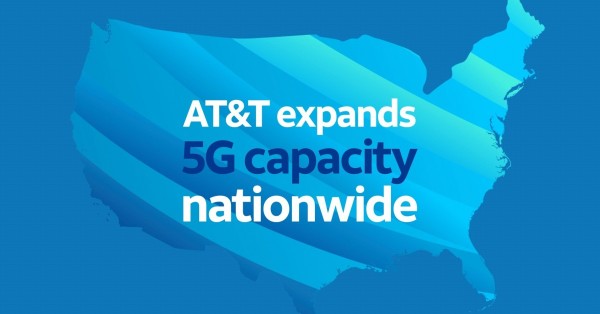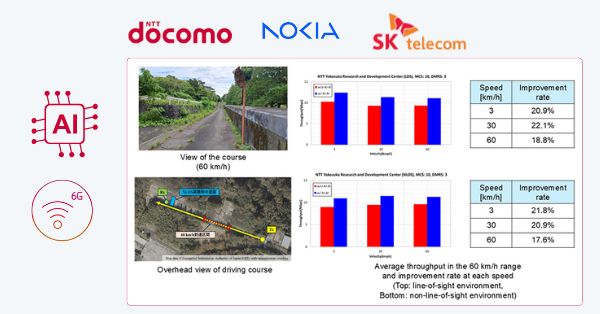Orange readies Europe’s first NTN direct-to-device satellite messaging
Orange is moving to commercialize direct-to-device satellite connectivity in Europe with a carrier-branded SMS service that extends coverage beyond terrestrial reach.
Launch details: Message Satellite SMS and location via NTN
Orange will launch “Message Satellite,” an SMS and location-sharing service that lets smartphones connect directly to satellites when mobile or Wi‑Fi coverage is unavailable. The consumer launch in mainland France is slated for 11 December 2025, with professional and enterprise availability following in 2026. At launch, the service will be offered to Orange 5G and 5G+ customers using Google Pixel 9 or Pixel 10 devices, with additional handsets expected over time. Pricing is set at €5 per month after a six‑month free introductory period.
Coverage and Skylo partnership
The service is anchored by a partnership with Skylo, a non‑terrestrial network (NTN) operator that provides satellite links and gateways integrated to Orange’s core network. Initial coverage spans France and a broader Skylo footprint of 36 countries and territories, including much of Western and Northern Europe, select French overseas departments, the United States, Canada, Brazil, Australia, New Zealand, and Taiwan. The model enables Orange to offer carrier-managed messaging, customer care, and billing while offloading the satellite access layer to a specialist partner.
Day‑one features: SMS + geolocation, no voice/data
Message Satellite supports sending and receiving SMS plus geolocation information via a dedicated interface on compatible devices. It is not voice or broadband data; think resilient, low-bandwidth messaging for areas where terrestrial networks are spotty, congested, or offline. Orange positions the service for outdoor activity, travel in rural or coastal regions, and field operations such as emergency response, logistics, and transport.
Why NTN D2D matters for 5G coverage strategy
A European Tier‑1 is putting a commercial wrapper around 3GPP-aligned NTN for mainstream smartphones, signalling a new coverage strategy for 5G networks.
3GPP Release 17 NTN first‑mover advantage
Direct-to-device is shifting from proofs to production as 3GPP Release 17 NTN features become available in chips and phones. By integrating satellite SMS into its core network and retail plans, Orange establishes service ownership, customer experience, and monetization ahead of rivals. It also builds an upgrade path: start with SMS and expand to richer messaging or IoT-class data as device support, spectrum, and satellite capacity mature.
Competitive landscape: Europe, OEMs, and NTN rivals
Device-led satellite features have reached consumers in select markets, but operator-led, SIM-native services in Europe have lagged. Orange’s launch puts pressure on other carriers exploring NTN with partners such as AST SpaceMobile, Lynk, and SpaceX, and on device OEMs to expose standardized interfaces. It also differentiates Orange’s French portfolio versus MVNOs and regional rivals by fusing terrestrial, satellite, and subsea assets into a single continuity story.
Compliance, roaming, and emergency routing
Carrier-integrated NTN must address roaming, lawful intercept, privacy, and emergency routing obligations across borders—topics regulators are actively shaping as satellite-to-device scales. Orange’s approach, with Skylo as the NTN operator and Orange managing core integration, suggests a compliance-aware template that other EU carriers could emulate as they add satellite coverage extensions.
Enterprise and public sector NTN use cases
The early service mix targets resilience and duty-of-care for teams and assets that move beyond the edge of terrestrial coverage.
Field safety and network resilience
Utilities, energy, construction, and public safety agencies can use satellite SMS for must-get-through coordination during outages, storms, or wildfires when macro cells are impaired. Location-enabled texts support last-known-position reporting for lone workers and crews operating in mountainous, maritime, or remote zones.
Logistics, transport, and tourism safety
Transport operators and logistics providers gain a lightweight back-up channel for status updates and exception handling across rural corridors. Hospitality and adventure-tourism brands can incorporate satellite messaging as a value-added safety feature for guests and guides without requiring specialized hardware.
How Orange’s D2D NTN service works
Under the hood, the service combines smartphone firmware support, satellite links, and Orange core integration to deliver low-bandwidth messaging.
Architecture aligned to 3GPP Release 17 NTN
Compatible devices connect directly to satellites on bands supported by Skylo’s partner network, using NTN features aligned with 3GPP Release 17 where available and optimized by Skylo for service robustness. Messages traverse Skylo gateways into Orange’s core for authentication, routing, and billing, enabling Orange to apply familiar policies and customer care while maintaining a seamless subscriber experience.
Device support, UX, and performance trade‑offs
Initial support on Google Pixel 9 and 10 underscores a phased device strategy and the need for tight hardware-software integration. Users initiate satellite mode via a dedicated interface, with guided orientation for line-of-sight. Throughput is modest and latency is higher than terrestrial networks—appropriate for SMS and coordinates today. As more OEMs expose NTN stacks and antenna designs evolve, Orange can broaden handset certification and add richer messaging.
What’s next on the NTN roadmap
The launch is a waypoint, not the finish line, for operator-grade satellite-to-smartphone services.
Beyond SMS: richer messaging and IoT‑class data
Expect Orange to expand device compatibility, introduce enterprise-grade features such as prioritized messaging and fleet controls, and explore enhancements like SOS routing to response centers, group messaging, or low-rate data aligned with Release 18+ NTN evolution. Cross-border service harmonization and NTN roaming will be critical for pan-European adoption.
Guidance for operators and enterprises adopting NTN
Operators should align device roadmaps with NTN-capable chipsets, define clear partner models for satellite capacity, and integrate compliance workflows early. Enterprises should pilot with field teams, update incident-response playbooks to include satellite messaging, standardize on supported devices, and budget for per-user add-ons. The near-term payoff is simple: resilient, carrier-managed coverage continuity without new hardware, and a foundation for more capable D2D services as the ecosystem matures.









































